UKIRT image
At Planet Hunters we are good at detecting patterns in the Kepler light curves. So it is not unusual to see some speculation on our more interesting star patterns with visual anomalies. In this case we are posing some questions about Gamma Doradus-like (GDOR) stars with very close in neighbors showing up on UKIRT. Is there a link between possible contamination showing up in the field of view and the actual GDOR-like pattern in the light curve? Are we seeing the effect of a background GDOR as contamination? Or is this simply a random event, coincidence with no relationship? Taking this speculation one step further, can there be, in some instances, a gravitational link between very close in neighbors showing up in the field of view of those stars that appear to be merging? Can some of the light curve patterns be indicating a binary star system relationship?
Tom128
Here are some examples taken from our PH GDOR list:
KIC 10681464 Listed on VSX as a SPB - http://talk.planethunters.org/objects/APH43125465

UKIRT
KIC 10199218 http://talk.planethunters.org/objects/APH73018369

UKIRT
KIC 5301537 http://talk.planethunters.org/objects/APH72114406

UKIRT
KIC 10728428 http://talk.planethunters.org/objects/APH53074550

UKIRT
KIC 12218729 http://talk.planethunters.org/objects/APH72010654

UKIRT
KIC 2695344 http://talk.planethunters.org/objects/APH73093495
4 months ago
Tom128
Yes, it seems instead of false positive transit drops we see these light curve patterns. I did not do any contamination analysis on any of these light curves, but they seem to have the same visual merged or close in neighbor. Here are a some more examples:
KIC 3441414 http://talk.planethunters.org/objects/APH22140442

UKIRT
KIC 4076350 http://talk.planethunters.org/objects/APH52022370

UKIRT
KIC 1295531 http://talk.planethunters.org/objects/APH71094127

UKIRT
4 months ago
arvintan
here's a couple more from my collection:

KID 6782360: http://talk.planethunters.org/objects/APH52098313

KID 5689219: http://talk.planethunters.org/objects/APH10038724
4 months ago
Tom128
Here is another example of a GDOR-like LC with a close neighbor on UKIRT:
KIC 5650341

http://talk.planethunters.org/objects/APHE2000oht
UKIRT
You can follow this thread on the Planet Hunters Talk Science board here.

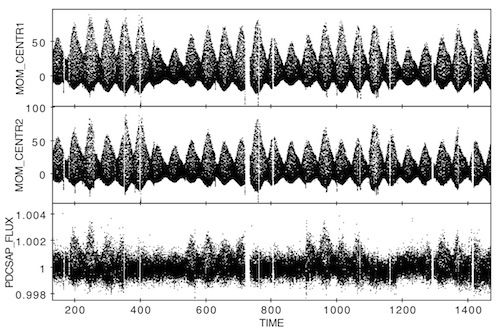
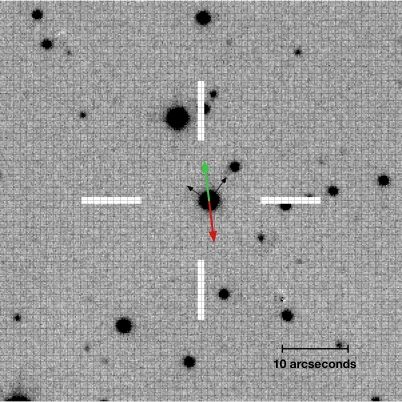
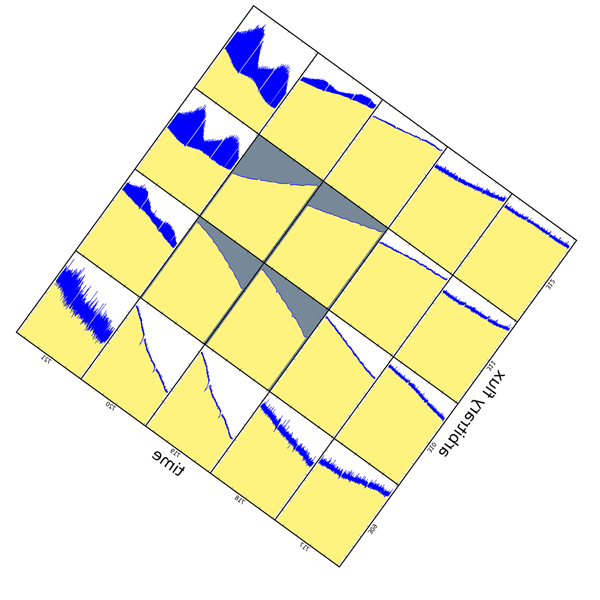

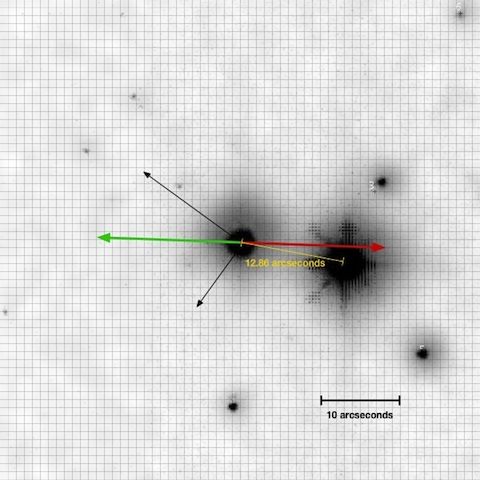
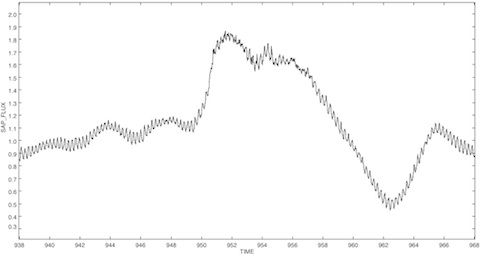

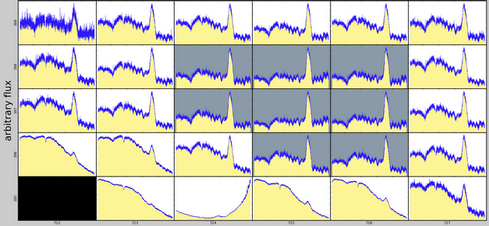
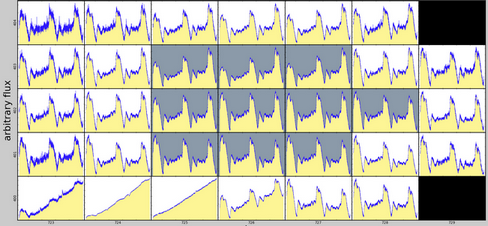

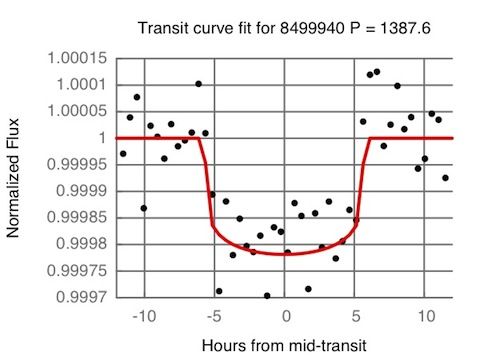







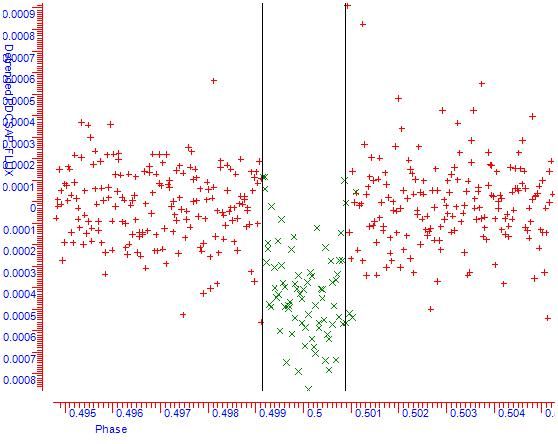
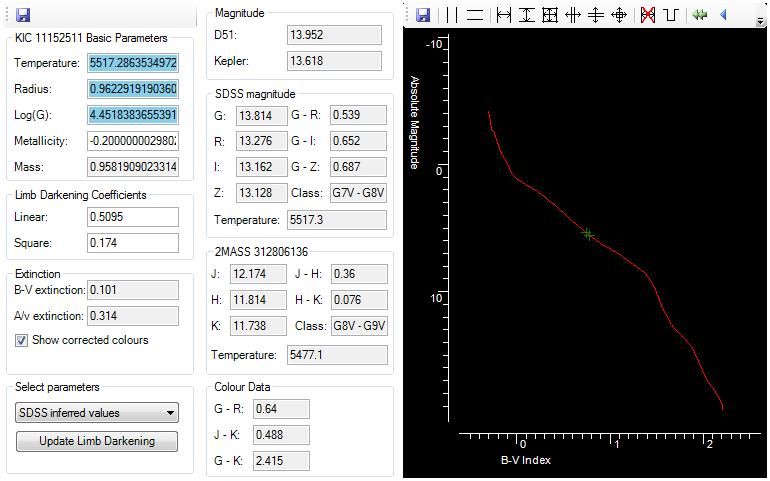
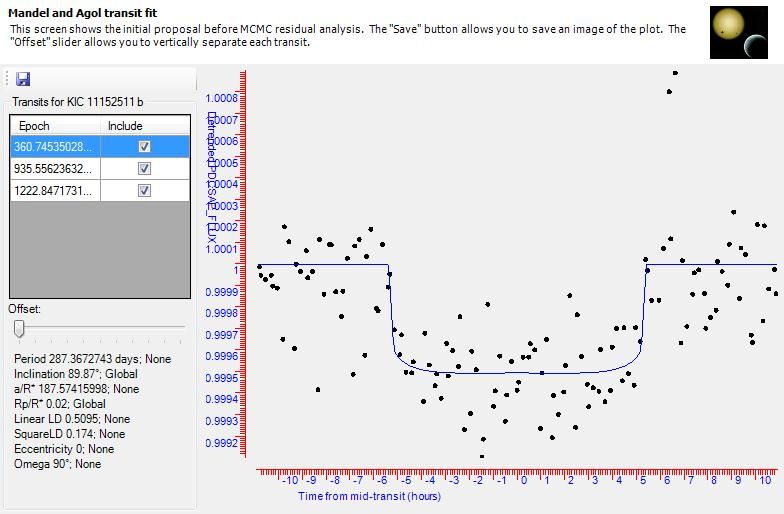
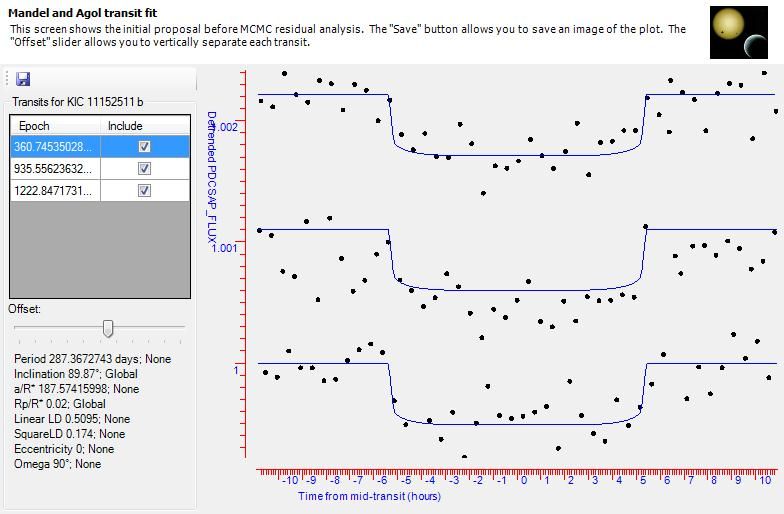


KID 5728217 http://talk.planethunters.org/objects/APH10027511
UKIRT.